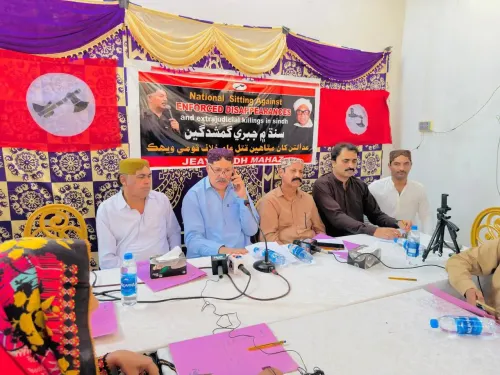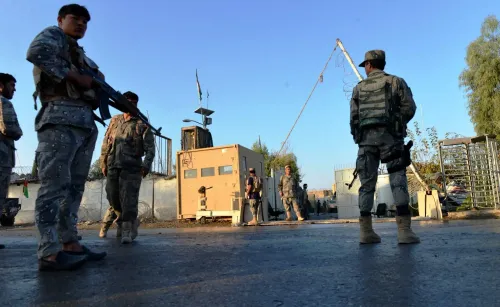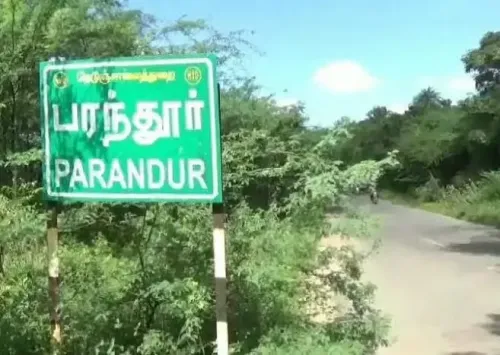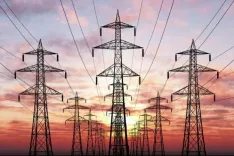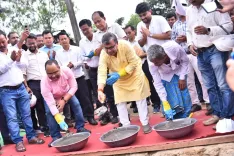Could the Rajasthan High Court's Strength of 43 Judges Change the Legal Landscape?
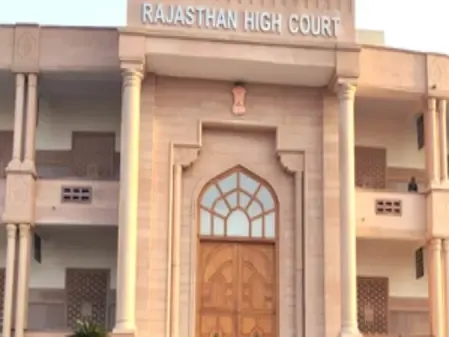
Synopsis
Key Takeaways
- Seven new judges have been appointed, increasing the total to 43.
- The vacancy percentage is now 14%, the lowest recorded.
- Significant backlog of cases remains a challenge for the court.
- Writ petitions are the largest category of pending cases.
- This marks a historic moment for the Rajasthan High Court.
Jaipur, July 23 (NationPress) In a remarkable milestone, seven newly appointed judges took their oaths at the Chief Bench of the Rajasthan High Court in Jodhpur on Wednesday.
The oath was administered by Chief Justice K.R. Shriram during a formal ceremony at the court's premises.
The new judges consist of Justice Sandeep Taneja, Justice Baljinder Singh Sandhu, Justice Bipin Gupta, Justice Sanjit Purohit, Justice Ravi Chirania, Justice Anurup Singhi, and Justice Sangeeta Sharma.
With these appointments, the total number of judges in the Rajasthan High Court has increased to 43, marking the highest count in its history. When the court was established in 1949, it had just 11 judges.
Following the enactment of the Constitution in 1950, the number was reduced to six. In 2018, the sanctioned strength was raised from 36 to 50. As of July 2023, 41 judges were serving. The year 2025 has already seen a record number of judicial appointments, with 15 judges appointed thus far—three in January, four in March, and now seven in July. This also sets a national precedent, as it is the first time two couples are simultaneously serving as judges in the same High Court.
Currently, out of a total sanctioned strength of 50 judges (38 permanent and 12 additional), the number of vacancies has now dropped to 7, constituting just 14 percent of the sanctioned posts. This is the lowest vacancy percentage recorded, a significant drop from 48 percent in 2022 and 34 percent earlier this year.
At present, 36 judges are actively serving in the court, with 14 positions remaining vacant, accounting for 28 percent of the total sanctioned strength. The previous figures were 48 percent in 2022 and 34 percent in early 2025.
After the induction of the seven new judges, the total will stand at 43 judges, with a mere 7 vacancies—marking the lowest ever at 14 percent, according to officials.
Despite this positive development, a significant backlog of cases remains an issue. As of December 31, 2024, there were 682,946 cases pending, including civil, criminal, and writ petitions. Notably, 119,906 cases (17.56 percent) have been unresolved for over a decade, with writ petitions being the largest category, indicating a growing number of disputes related to administrative and constitutional matters.
The induction of these seven judges, increasing the judicial strength to 43, is a crucial advancement toward enhancing judicial efficiency. As highlighted in the India Justice Report 2025, addressing vacancies is vital, yet resolving long-pending cases remains a significant challenge. These developments breathe new hope for faster and more accessible justice in Rajasthan.


